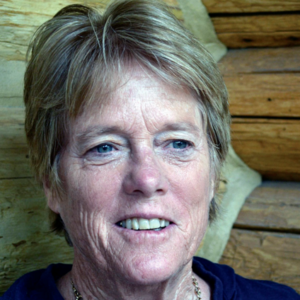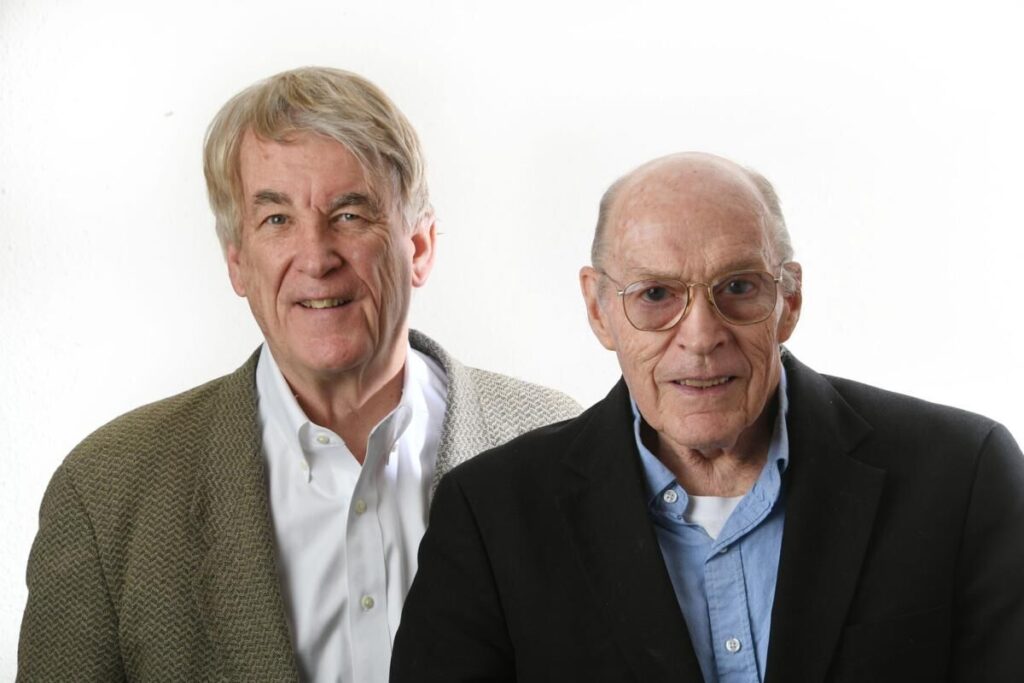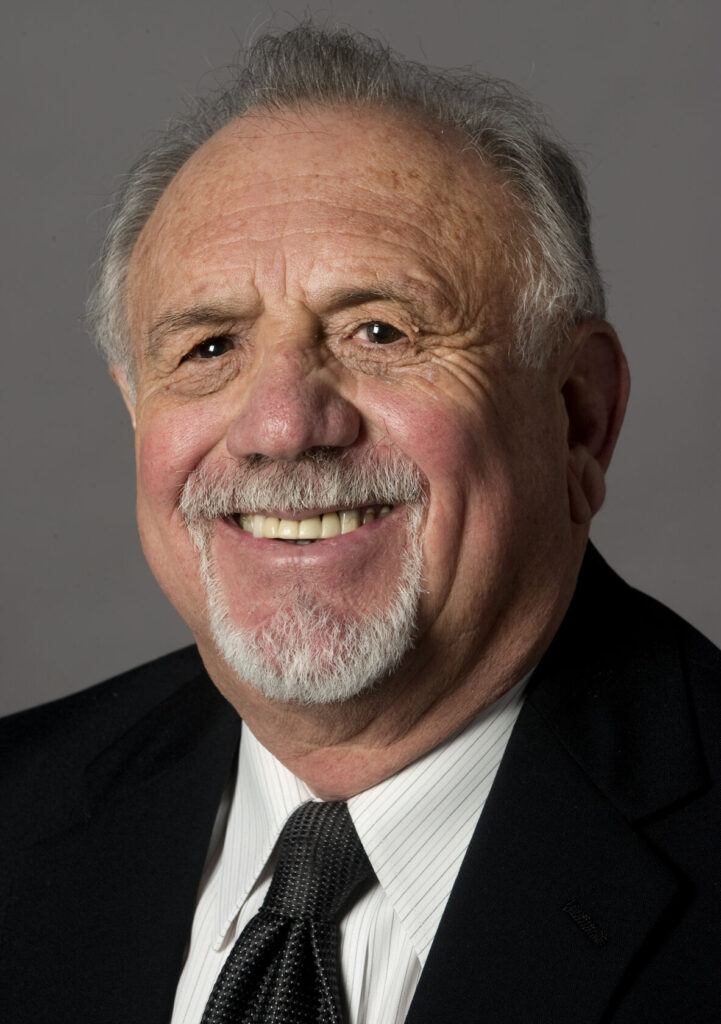Bassett: It’s time to create the climate for clean energy

More than 500 firefighters are currently deployed along Colorado’s northern border battling the Beaver Creek fire. Reports are predicting that the fire – now exceeding 13,000 acres – will not be contained until August.
For Coloradans, this scenario is becoming more and more familiar. In the course of my work, I meet members of Environment Colorado from all parts of the state to talk about how we can work together to protect our air, our water and our treasured landscapes. I am increasingly hearing how climate change is directly affecting people across the state.
For example, several of our members had to evacuate their homes during the 2013 floods near Boulder. One of our staff and her parents had to flee the destructive Waldo Canyon fire near Colorado Springs in 2013. And I often hear common frustration with the fact that whole hillsides of trees have been killed by drought and bark beetles, transforming what were once beautiful, shady hiking trails into dry, hot and bare hillsides.
Make no mistake, the increasing severity and frequency of these kinds of extreme weather events in Colorado is connected to global warming, driven by pollution from burning coal, oil and gas.
Last year, 2015, was the hottest year in recorded human history, and 2016 is almost certain to set another record. May 2016 was the 13th consecutive month of record-breaking temperatures. Nothing even remotely like this has happened since people started keeping weather records. Without action to reduce pollution, the U.S. Forest Service has warned that the area of forest burned every year by wildfires could double by 2050, while some particularly vulnerable regions (like Western Colorado) could see five times as much fire.
As dire as this sounds, I have real hope that we will get our act together to solve this problem. There are three game-changing trends underway right now that lead toward both political and technological solutions:
First, public awareness of the problem has never been higher. According to an analysis by the Yale Center for Climate Communication, two thirds of Coloradans understand that global warming is happening and that it threatens our future, and half of our citizens understand that it is mostly caused by human activities. Moreover, more than 75 percent support action to reduce pollution.
Second, our society is making incredible progress with clean energy technology. Just take a tour the National Renewable Energy Laboratory in Golden – you’ll see a net-zero energy office building, which produces effectively no carbon pollution. This kind of technology is available now.
Third, clean energy is rapidly proliferating across Colorado. There are almost 2,000 large wind turbines installed across the plains, generating 14 percent of the state’s electricity. And, as Xcel Energy’s proposal for the Rush Creek Wind Project shows, we have the potential to install much more, at prices that can save all of us money. Solar is a similar success story. In 2015, Colorado’s solar capacity more than doubled. There is enough solar in the state to power more than 100,000 homes, and growth in the industry is only beginning.
We can supply 100 percent of Colorado’s energy – not just electricity, but energy for all purposes – with clean, renewable sources of power. Moreover, we can build a 100-percent renewable energy system at costs comparable to – or even less than – what we would have to spend to continue our reliance on dirty fuels. That doesn’t even count the many benefits that will come from preventing the worst impacts of climate change.
To realize this vision, we need to ask our elected representatives to accelerate our society’s transition to clean energy and act on climate change. In particular, Gov. John Hickenlooper and his administration have an important role to play. Right now, the state is developing an approach to comply with the Clean Power Plan, the first federal limit on dangerous carbon pollution from power plants. This plan is an important opportunity to ensure that Colorado continues to invest in truly clean energy – such as wind, solar and energy efficiency – and stops investing in dirty fuels, like coal and natural gas, that are making climate change worse.













